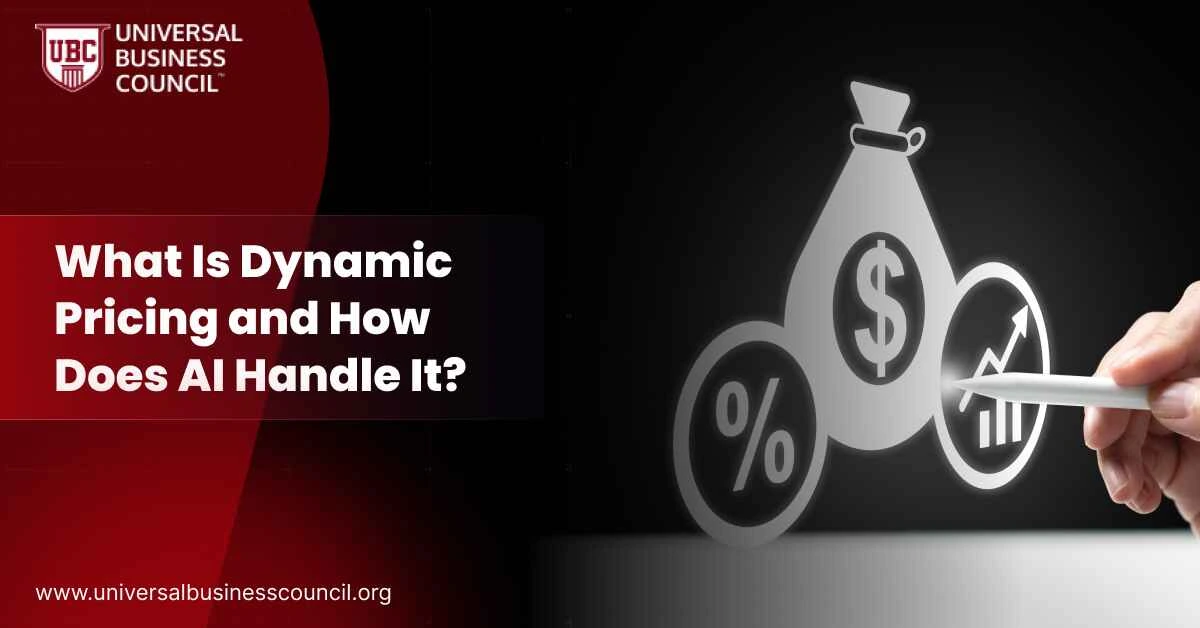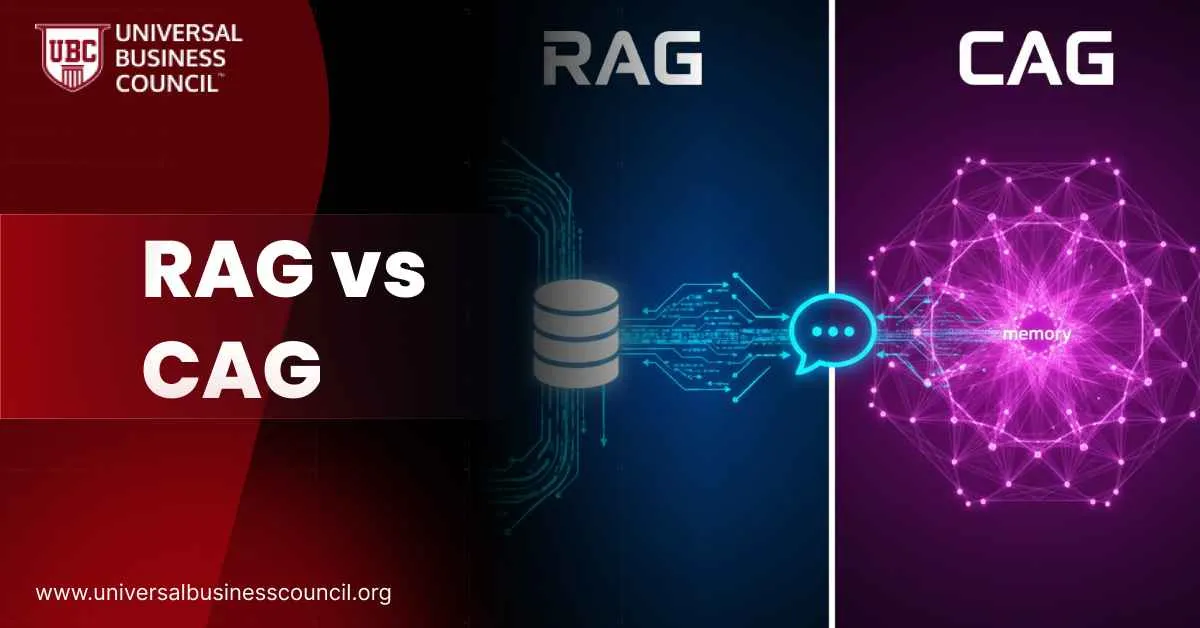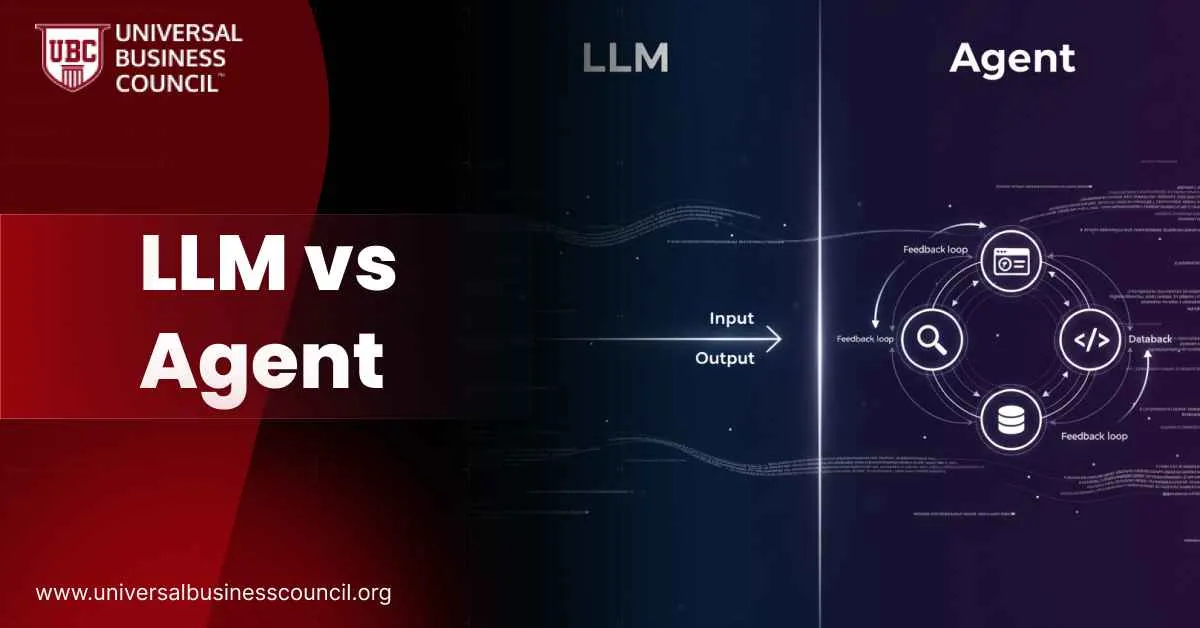
What Is Dynamic Pricing?
Dynamic pricing means adjusting prices based on current conditions. It’s not one fixed price for everyone. Instead, the price can change depending on who’s buying, when they’re buying, or what’s happening in the market. Examples include:- Flight and hotel prices going up during holidays
- Rideshare apps charging more during peak hours
- E-commerce sites changing prices based on stock and demand
How Does AI Handle Dynamic Pricing?
AI uses machine learning algorithms to study large amounts of data in real time. Based on this, it suggests or sets prices that are most likely to drive sales or increase margins.Step 1: Collect Real-Time Data
AI tools pull data from many sources, such as:- Past sales and customer behavior
- Competitor pricing
- Inventory levels
- Market trends
- Time, location, and device used
Step 2: Analyze and Predict
AI uses this data to:- Forecast demand for products
- Spot pricing trends
- Identify customer willingness to pay
- Predict how price changes will affect sales
Step 3: Set and Adjust Prices
Once the AI system has enough insight, it sets prices based on rules or goals. For example:- Raise prices when demand is high
- Offer discounts when inventory is full
- Match or beat competitor prices instantly
AI vs Manual Pricing
| Feature | Manual Pricing | AI-Powered Dynamic Pricing |
| Speed | Slow and time-consuming | Real-time updates |
| Accuracy | Based on limited data | Based on live, multi-source data |
| Scalability | Hard to manage for many items | Handles thousands of products easily |
| Demand prediction | Basic trends | Advanced forecasting and modeling |
| Competitor awareness | Manual tracking | Instant price matching or undercutting |
Use Cases of Dynamic Pricing
| Scenario | Why Dynamic Pricing Helps |
| High demand periods | Raise prices to maximize profit |
| Overstock or slow-moving items | Offer discounts to clear inventory |
| Competitive market | Stay ahead with smart pricing adjustments |
| Seasonal changes | Adapt prices based on buying behavior |
| Customer segmentation | Offer different prices to different groups |
Benefits of AI-Driven Dynamic Pricing
- Faster decisions: AI reacts to market changes instantly
- Better margins: Prices adjust to match willingness to pay
- Higher conversion rates: Customers see prices tailored to them
- Less manual work: No need for spreadsheets or constant updates
- Increased flexibility: Businesses can change strategies quickly
Risks to Watch Out For
AI-powered pricing works best with accurate data. If data is poor or rules are unclear, it can:- Set prices too high and drive customers away
- Set prices too low and reduce profits
- Cause customer distrust if pricing seems unfair
Use Cases Across Industries
- Retail: E-commerce stores adjust prices hourly based on demand and competitor listings
- Travel: Airlines and hotels use AI to fill seats and rooms without leaving money on the table
- Ride-sharing: Apps raise fares during peak demand to manage availability
- Entertainment: Event platforms use dynamic pricing to sell more tickets over time
- SaaS and subscriptions: Companies test different pricing models based on user behavior
Tips for Using AI in Dynamic Pricing
- Start with a few key products before scaling
- Use historical and real-time data for training
- Set guardrails to avoid extreme price swings
- Monitor changes and customer feedback
- Combine with A/B testing to see what works best
Upskill for Smarter Pricing
Want to use AI pricing tools better or build your own strategy? Learning the tech behind AI and pricing models will help. Start here:- Deep Tech Certification: Understand how algorithms and automation drive pricing
- Data Science Certification: Learn to work with pricing data and prediction models
- Marketing and Business Certification: Connect AI pricing with sales, promotions, and customer experience




Leave a Reply